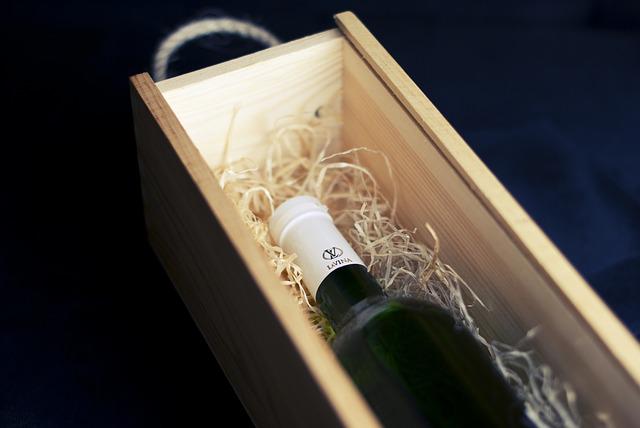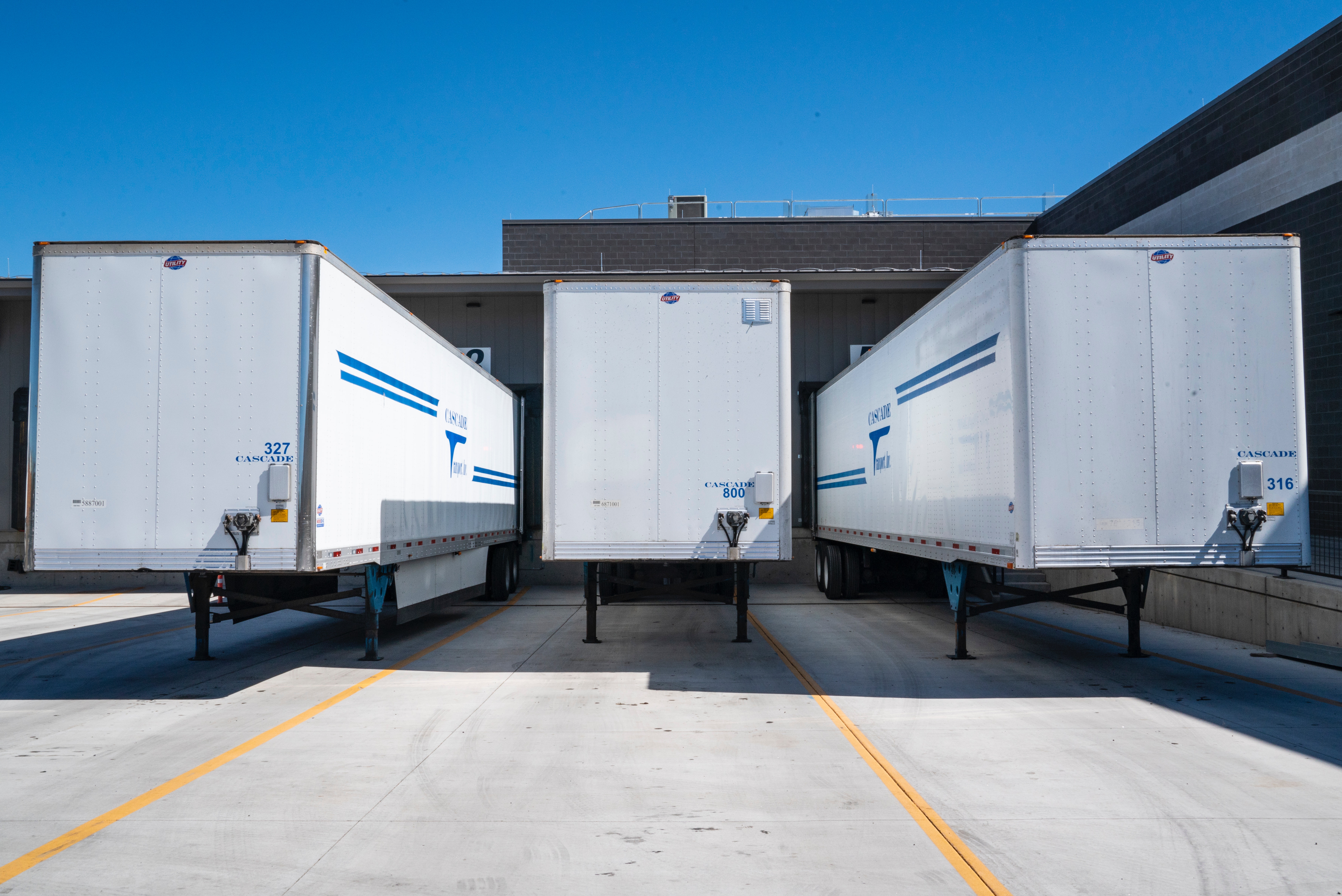6 Tips for Transporting Your Wine Collection
Posted by SWE Inc on 6th Jun 2022

Wine is usually an excellent option as a present for your friends and colleagues, as we all know. As in many other professions, logistics is essential in the wine industry. Logistics is a cost concern and a commercial challenge that demands well-thought-out organization, cutting-edge technology, fleet solutions, and complicated IT systems at every level. Since most people don't enjoy wine only in the place where it has been produced, transportation is crucial. It is also critical when you are moving house and need to relocate your wine collection. Thus, here are some tips for transporting your wine collection to a new home.
Crucial tips for transporting your wine collection
Without effective organization and the most outstanding staff, logistics and transportation are nothing. Continue reading to learn more about these hints.
1.Make a list of everything you have
Make a list of all of the wines and gadgets you have on board. Wine inventory consists of double-counting each bottle of wine you own.
You may also use certain well-known applications to create an online catalog of your collections. Keep a list of any wine aerators, dispensers, holders, or other accessories you use.

Use apps to create an online catalog of your collections
2.Packing
Common long-distance moving problems can be very stressful. Our best recommendation is to find professionals who know about the challenges of long-distance relocations. It's important to find a moving company that can handle everything, with less risk and anxiety for you. This becomes even more important if you are relocating something as fragile as a wine collection.
Your moving crew should be able to advise on the appropriate packing supplies and techniques to use. There are several different ways to store and pack wine bottles for transportation, depending on the type of wine and the bottle itself. You can use styrofoam packaging, double-wall cardboard, and a wooden case.
●Styrofoam is useful when sending packages through nighttime airline cargo or commercial airplanes. The boxes are strong and offer a little protective layer to safeguard the wine against temperature changes.
●Double-wall cardboard boxes are perfect for transportation in refrigerated trucks and pallets precisely due to their double-walled construction.
●Wooden cases are exceptionally durable and are suitable for transportation in a refrigerated vehicle. However, they are not very good for overnight or air transport distribution.
You'll need to organize your inventory when you've finished packing. No organizing procedure can begin without the necessary equipment, including papers, wraps, and markers. Once you've completed the task, you'll need to store or classify these supplies until the next time they are necessary. Fortunately, with our Love2Organize Hanging Organizer, managing those items is a piece of cake!
3.Insurance
Due to the fragility of wine, the restrictions of international wine shipping, and wine shipping rules, transporting wine abroad may be exceedingly difficult and risky. Find a company that can make it easy for you by ensuring your international shipments to almost every country and with virtually any transport. Determine the worth of the collection and discuss the additional coverage if needed.
4.Convenient carriers
Not every vehicle is capable of transporting wine. You need to treat the collections cautiously, like any other delicate item. Ensure the transporter you choose treats your valuable wine shipment with extreme care and keeps the right temperature. Our recommendation is to pick someone as professional as possible. According to Best Long Distance Movers, browsing online databases is the best first step. Once you find several options, interview each moving company and see which one can offer you exactly what your wine collection needs.
5.What about the temperature and bottle angles?
Changes in the environment may impact the flavor and appearance of your wine as you travel through different areas. According to most wine experts, the delicate tastes of older red wines must be safeguarded against temperature changes. Wine should be stored and transported at a constant temperature of 55 degrees. Those are not the same conditions as the ones required for conventional refrigerated products, such as eggs and milk, which must be shipped at 40℉.

Wine must be carried at 55℉, and it is probably one of the most important tips for transporting your wine collection
What happens if wine becomes too warm?
When the temperature of the wine reaches 80 degrees, it begins to expand. Even though this is uncommon to change the wine's flavor permanently, it can leak out through the cork and easily break the seal, at which point the wine will begin to oxidize. A sticky or wet neck and a discolored cork are signs of seepage. Long-term storage of wine at 86 degrees or higher will result in lasting alterations. The wines will lose their brightness, color, and the sulfur dioxide concentrations may diminish within 18 hours at around this temperature. It will become brownish colored. When the heat hits 100 degrees, permanent damage will occur.
6.How long should you wait before opening a bottle?
It is preferable to wait at least seven days after your wine bottles reach your new location securely before opening them. Because wines are in a state of flux throughout the journey, opening the bottle before it has fully settled will destroy your wine. Also, you should avoid drinking wine that has lost its taste.

Wait for seven days after bottles have arrived before you open them.
Conclusion
You won't have to worry about anything if you follow these tips for transporting your wine collection. If you have the right people on your side and suitable packing supplies, it's not that complicated.
